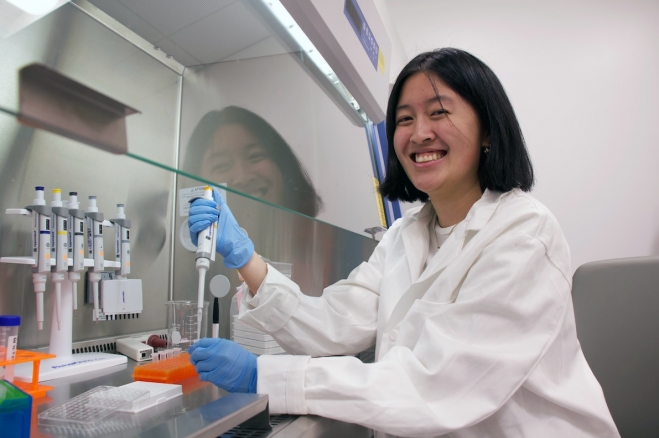- Published in Innovation News
Unlocking the brain: Peptide-guided nanoparticles deliver mRNA to neurons
Researchers in the lab of Michael Mitchell in Penn Engineering have developed a method for delivering lipid nanoparticles across the blood-brain barrier specifically to targeted neurons.








